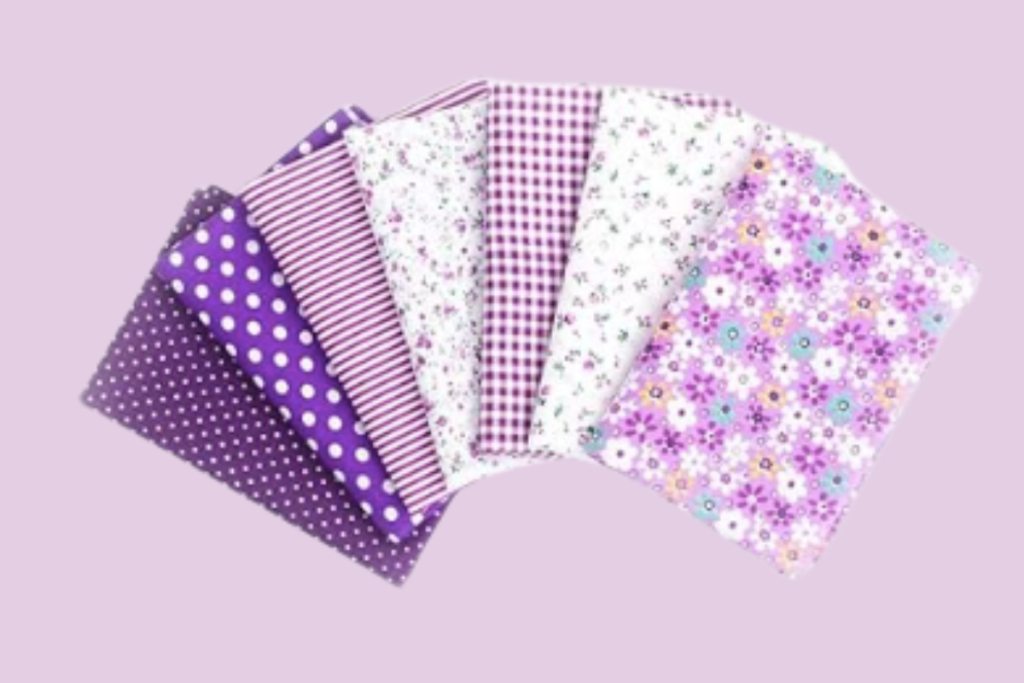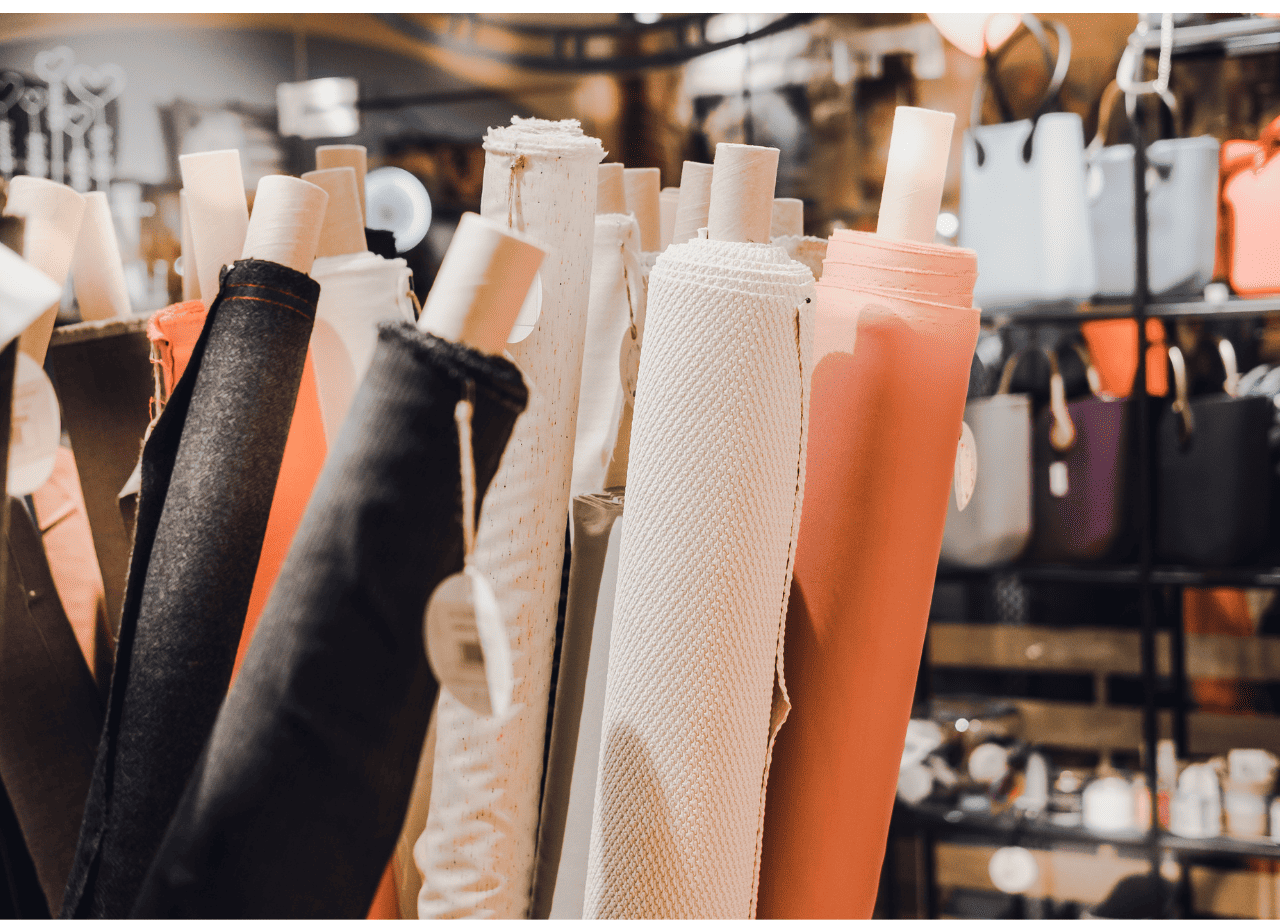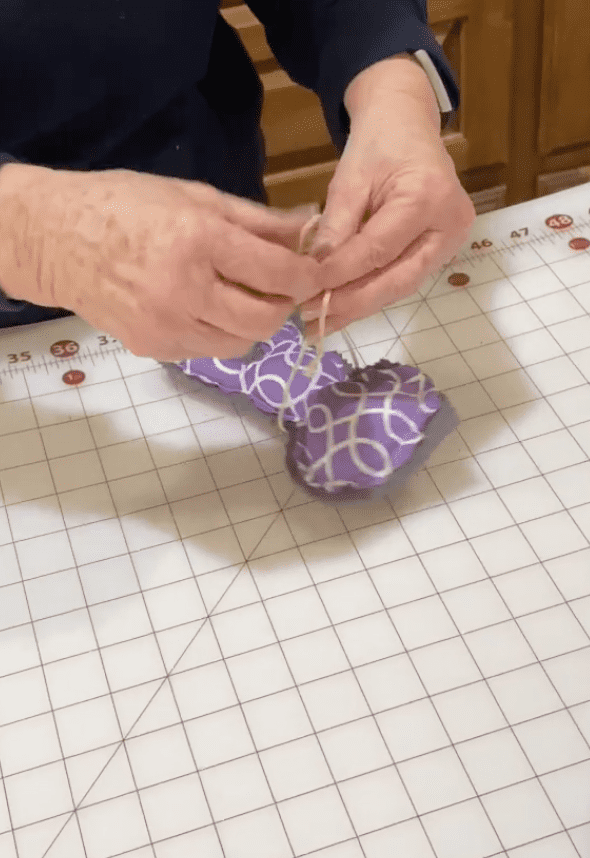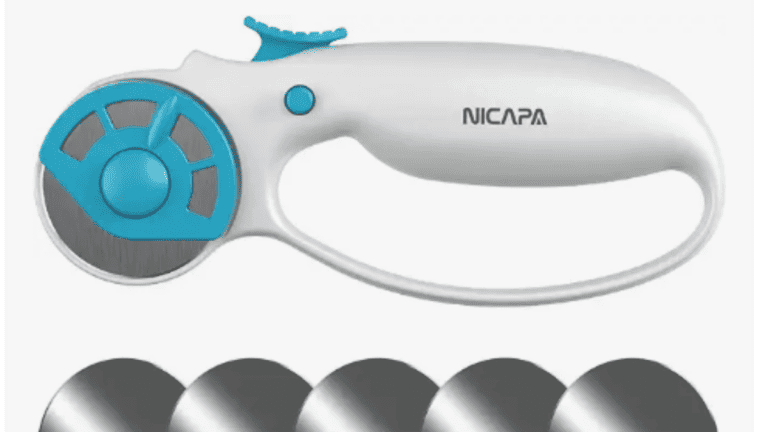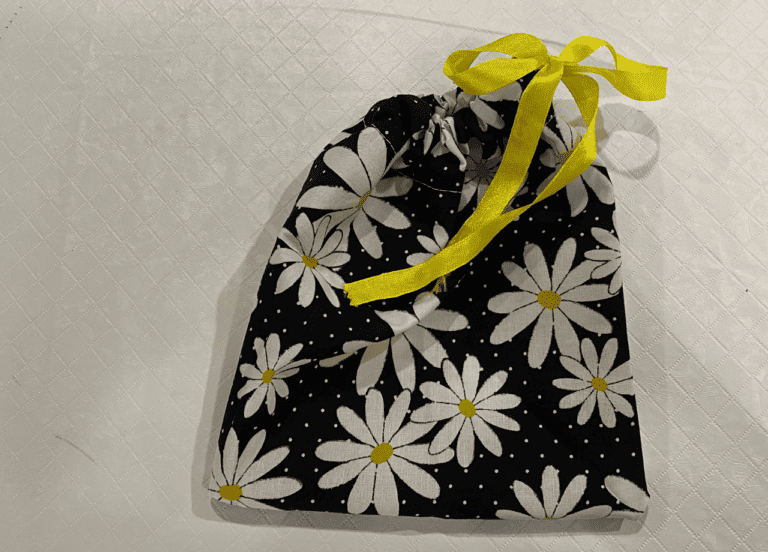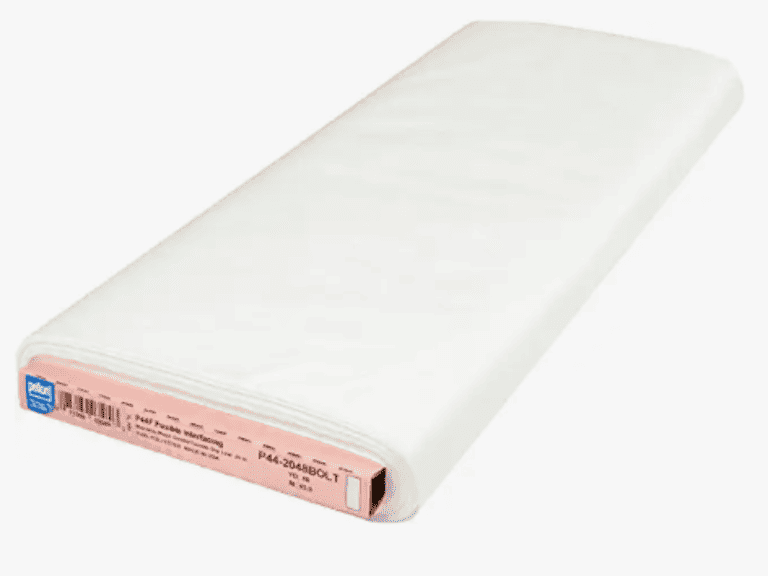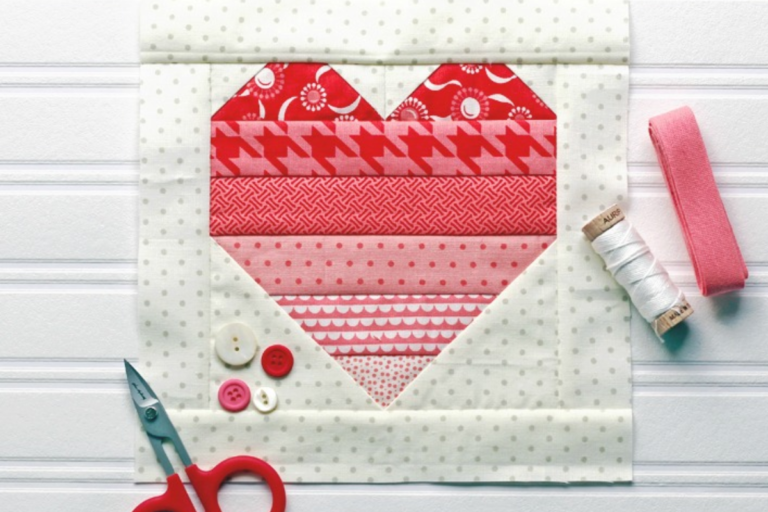How Big is A Yard Of Fabric: Free Fabric Yardage Calculator
When trying to determine the size of a yard of fabric, you have to take into account the different widths of your cotton fabric, the length of the fabric, and whether you are measuring your fabric based upon the United States measurement or Imperial system of measuring.
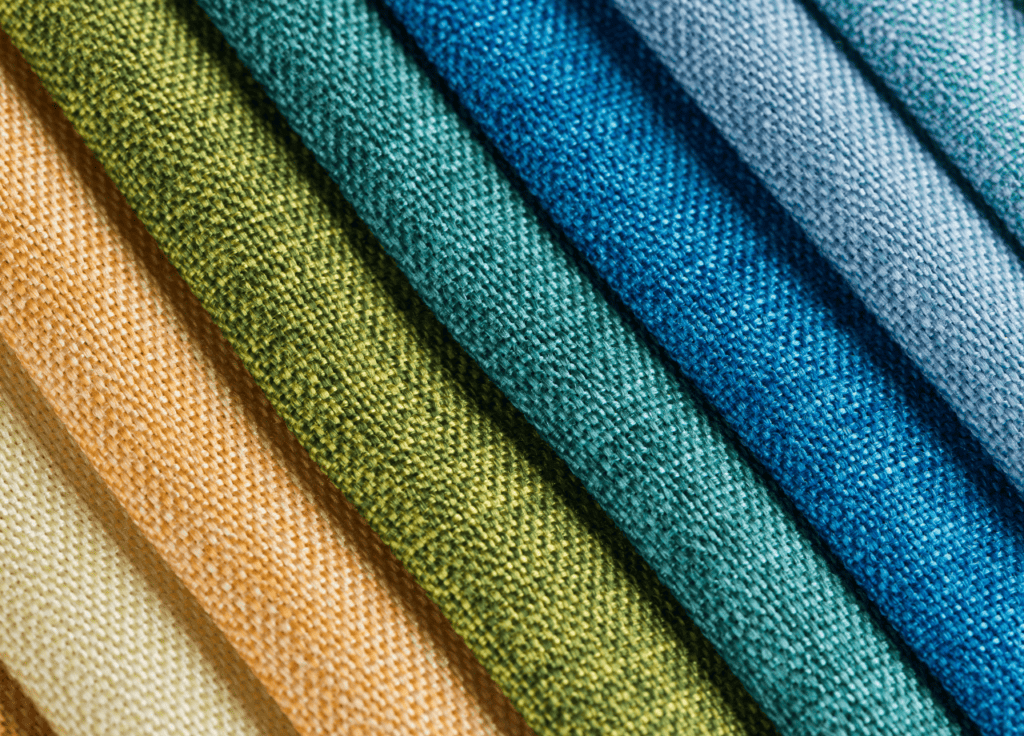
Sometimes fabric is sold as a fat quarter measured in inches of fabric while other times it is sold as a quarter yard of fabric or a yard of fabric. The amount of fabric you need depends on your sewing project.
A yard, equivalent to 3 feet or 36 inches, is approximately 0.9144 meters or 91 centimeters. However, the actual area covered by a yard of fabric isn’t necessarily a square yard, as it depends on the various widths of the fabric being used.
How Big is a Yard of Fabric
Fabric is manufactured in a range of common fabric widths, spanning from 28 inches to as wide as 60 inches or even greater for specific uses like canvas for awnings or boat canopies.
Consequently, when purchasing a yard of fabric that measures 36 inches in width, you essentially acquire a square yard, as the length matches the width in this scenario.
When crafting an awning for a patio or a canopy for a boat, the fabric might be available in a width of two yards and retailed based on yardage.
Consequently, with each yard you purchase, you obtain a total of two square yards of fabric.
When determining the fabric expenses, it’s crucial to factor in the width, as a yard of 60-inch-wide fabric will entail a higher cost than a yard of 36-inch-wide fabric. This cost difference arises because the wider fabric covers a larger area, providing more fabric per yard.
Bolts of Fabric
The term ‘running’ denotes that the fabric is in an uninterrupted length. When fabric hasn’t been pre-cut into yard or half-yard portions, it is sold by the running yard.
This practice is frequent among quilters who need smaller amounts of specific patterns for their sewing projects.
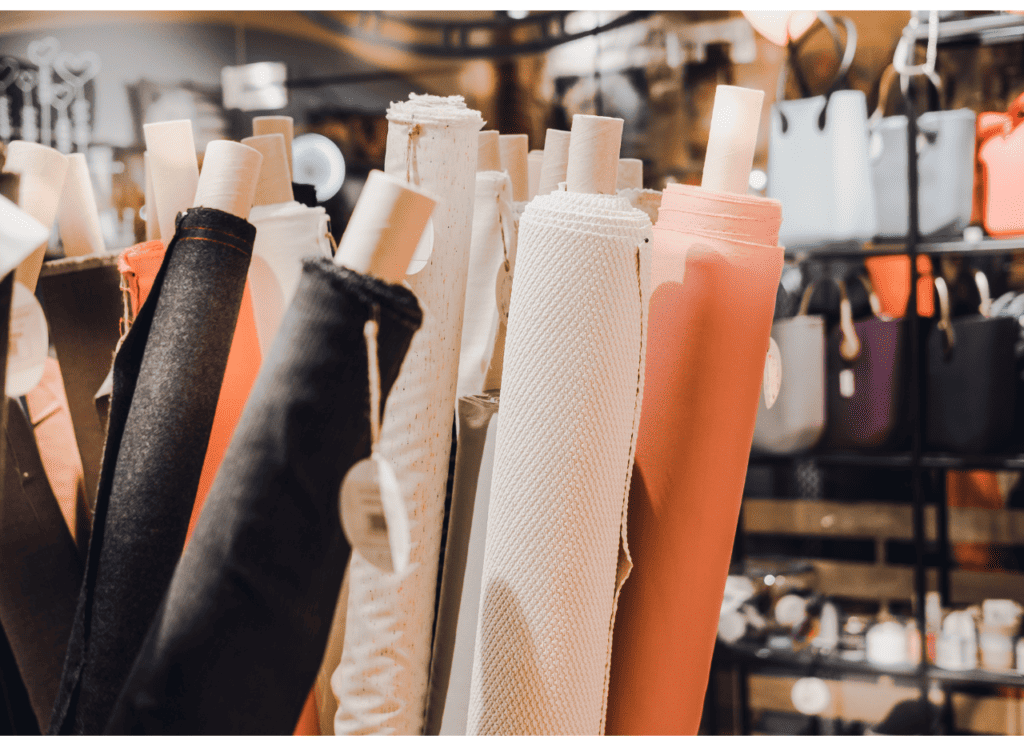
Thus, if a store clerk unfurls material from a fabric bolts for cutting, the sale is based on the running yard, although this terminology is rarely employed; customers typically request a specific number of yards instead.
How Much Fabric Do I Need?
When your sewing pattern specifies a precise yard of the fabric, exercising caution during purchase becomes vital due to the possibility of fabric being slightly askew when cut. It’s advisable to consistently inspect for straightness; if any skewing is detected, the sales assistant should offer an additional inch or so to guarantee sufficient material for your project.
It’s always a good idea when fabric shopping to buy more than a single yard of fabric. This ensures you have enough fabric and simply keep your scraps of fabric and make a fun project like our Makeup remover pads or corner bookmarks.
The first thing you might have observed certain salespeople employing a technique where they create a small incision with scissors and then tear the solid fabrics along a thread line to achieve a straight edge.
This method is effective primarily with specific fabrics like lightweight cotton piece of fabric.
Another approach to guarantee a precise, unskewed cut and achieve the exact yardage is by pulling a thread. This process commences with a minor nick on the selvage.
The salesperson identifies a visible thread and carefully extracts it; it will break at some point, leaving a minuscule gap along which the cut is made. The process is repeated by pulling from the point where it broke.
This meticulous method ensures the yardage remains free from skewing and is occasionally utilized for cutting costly tweeds and suiting fabrics.
The type of fabric you are purchasing will dictate how to determine the length of fabric you need.
A useful tool for situations involving embroidered, beaded, or lace fabric is the dressmaking/carpenter’s square.
Unlike the previously mentioned methods, this tool proves invaluable for achieving a precise, straight edge when cutting.
This is especially crucial for intricate and costly embellished fabrics, which can command prices of $100 per yard or more and where you are not buying yards of material.
Wide Fabric
Whenever feasible, consider purchasing wide material as it facilitates a more cost-effective arrangement of pattern pieces.
Narrower fabrics tend to result in greater wastage. The reason not all fabric manufacturers produce uniform-width fabric lies in variations in loom sizes and the diverse measurement systems employed by different countries, encompassing both the decimal and imperial systems.
Generally, silk, heavily embroidered fabrics, and lace exhibit narrower widths owing to the intricacies of their production processes.
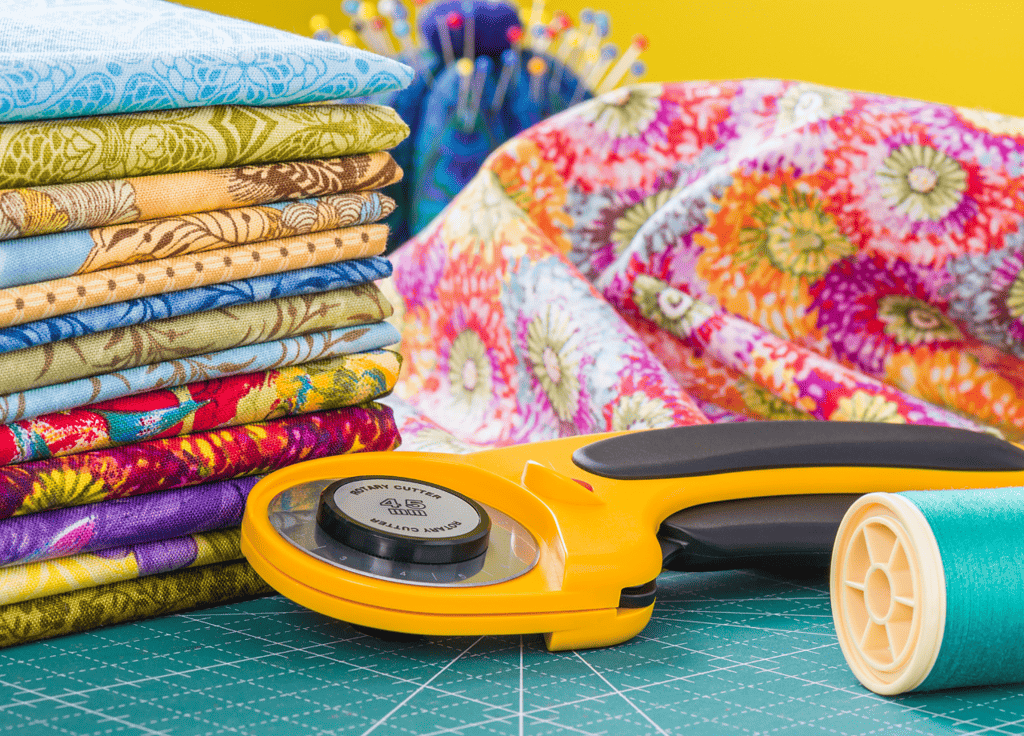
The amount of fabric required, as stated in a pattern calling for 3 yards, varies depending on the specific item you’re crafting.
For instance, crafting sheets for a double bed necessitates 3 running yards, yet the fabric’s width will be ample enough to span the bed and be tucked in without any seams.
On the other hand, when making a top or a skirt, the width of the pattern pieces becomes a crucial factor.
Most patterns typically indicate the needed yardage for 36-inch or 44-inch fabric. However, in cases where this information is absent, it’s advisable to arrange the pattern pieces and measure the width at the broadest point of the largest piece before embarking on a fabric search.
Additionally, the last thing you want is to run short and be unable to complete your project. To mitigate this risk, it’s prudent to purchase a bit more fabric, allowing for potential mistakes during pattern cutting, which can occasionally occur.
Any leftover fabrics can find creative uses with children’s projects or serve as embellishments for future endeavors.
1 Yard to CM
If you are accustomed to a metric system where fabric measurements are given in meters and centimeters, the fabric yardage conversion chart provided below can assist you in conceptualizing the required sizes.
Additionally, it aids in comprehending fractions of a yard. For instance, a ¼ yard is equivalent to 9 inches, which is 3 inches shorter than the typical 12-inch (30 cm) ruler that we all recognize from our frequent use in school.
Fabric Yardage Calculator
Here is a user-friendly fabric yardage conversion chart designed to swiftly assist you in determining fabric yardage with a single glance.
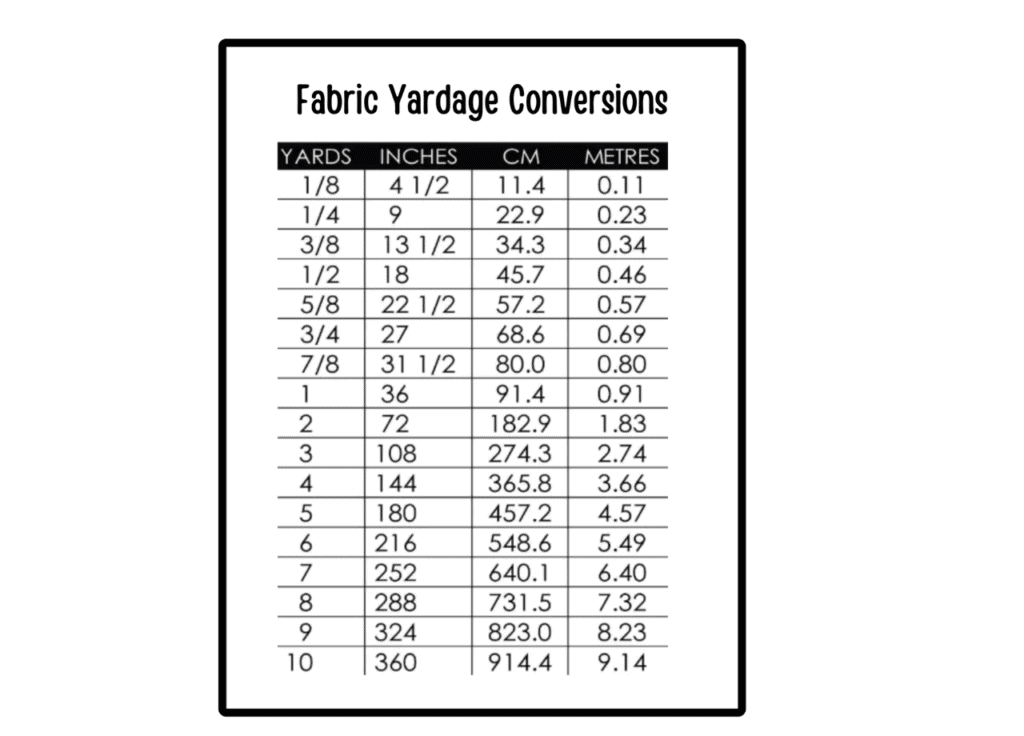
We have included meters in the calculations if that is the measure you are used to using. It’s also helpful if you find a YouTube video and the measurements are in CM or meters.
The chart is available in our Sewing/Crafting library that you can sign up for on our website. Our library also has simple sewing projects that typically take a half yard of fabric or less.
Inches in a Yard of Fabric?
Certain projects might specify a fabric requirement of, for instance, 40 inches. To determine the corresponding yardage, a simple calculation is necessary. Since a yard consists of 36 inches, the calculation involves utilizing arithmetic.
This means that you would require one yard and 4 inches. To determine the fraction of a yard required, divide 4 by 36, resulting in 1 and 1/9 of a yard. In the metric system, this is approximately 101.6 centimeters.
If these calculations appear somewhat cumbersome, you can make use of our printable yardage chart for easy conversion when working on projects. Simply keep it accessible for quick reference.
Pre-cutting Precautions
Before you begin cutting, take a moment to assess whether the fabric has undergone pre-shrinking. If this step was overlooked during your shopping, it’s advisable to launder the fabric before proceeding with cutting.
This will help ensure an actual size of a yard of fabric which can differ if the fabric shrinks when washed. The width of the fabric doesn’t typically shrink, but the length can.
If that happens and you think you will be short fabric, the good news is you can adjust the seam allowance on most projects and save a little bit of fabric.
Keep in mind that certain fabrics feature substantial selvage edges, and all fabrics contain small holes where they were affixed to the loom during production. Overlooking these elements while cutting out a pattern can compromise your project. To ensure the pattern fits onto the fabric seamlessly, make sure to trim off the selvage before you commence cutting.
Additionally, when working with patterns that require alignment of stripes or specific prints, be prepared to acquire extra fabric. This precaution is necessary to ensure accurate pattern matching and a successful outcome.
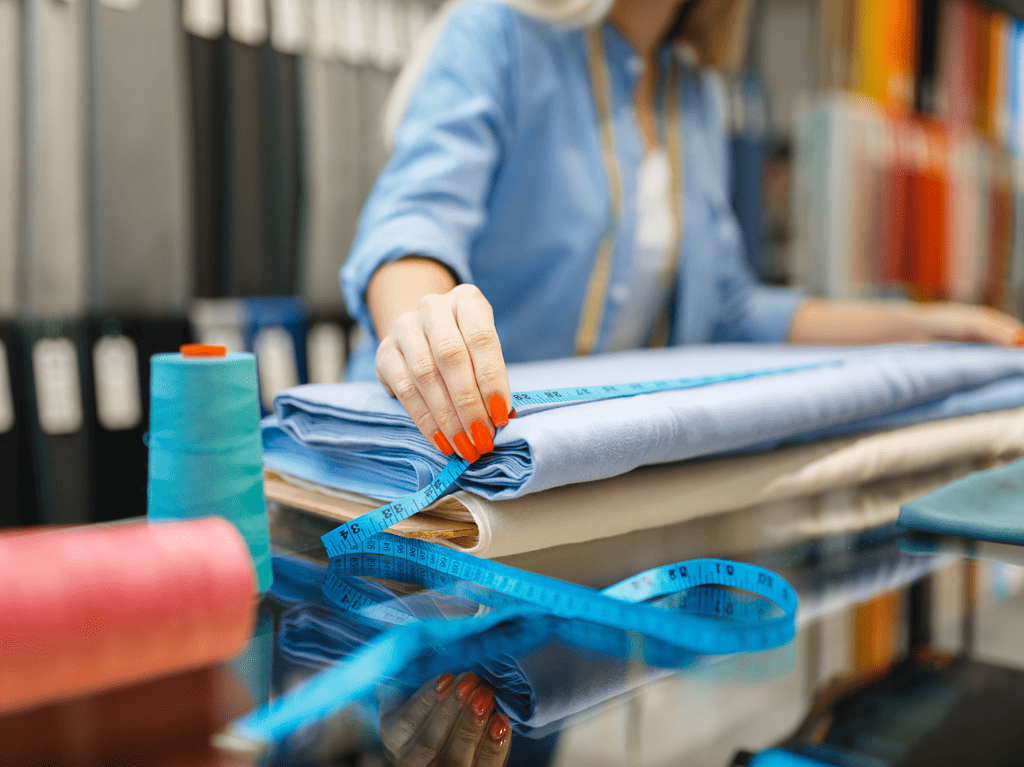
Ensuring you get the right amount of fabric whether you are shopping online or at the fabric store is essential for your sewing project.
You never want to be cutting out the number of pieces to your pattern and find yourself short fabric. Knowing the width of fabric.
Don’t forget to download the fabric yardage chart in our sewing library and check out our other sewing projects.
Here are some of our favorite fabrics from Amazon we use often. You can also get great fabric deals every other week at Hobby Lobby and Joann’s usually has a fabric sale going on.
Fabric Deals for Various Seasons
Summer Fabrics
These Summer fabrics are super cute and make great home decor, shirts, pillows etc. Let your imagination go crazy with ideas.
Fall Fabric
This fall fabric package is perfect for table runners or placemats to add to your fall decor in your home. They don’t take a large amount of material and some of the projects can be scrap fabrics.
Christmas Fabric
We love this Christmas fabric variety for stockings and Christmas tree skirts. You can also use the fabric to make Scandinavian ornaments, which are gorgeous.
Fabric Giveaway
Enter our monthly fabric giveaway. Simply complete the tasks daily and you will be entered into the drawing. Winner will be randomly drawn on the first day of the month and notified via email
